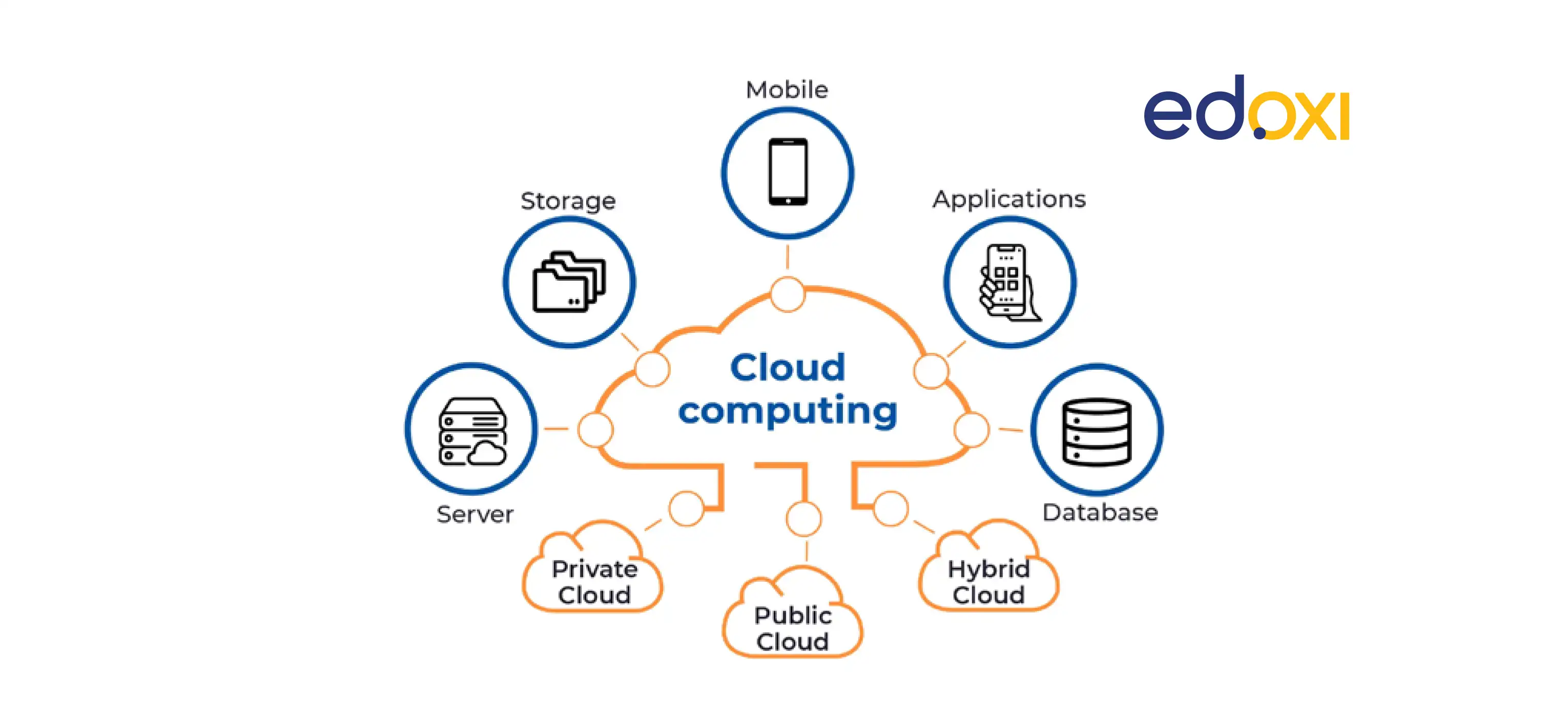Drive Development: Harnessing the Power of Cloud Services
In the busy landscape of modern business, utilizing the power of cloud services has come to be an essential component for companies intending to drive technology and maintain an affordable side. The capability to scale resources dynamically, embrace innovative modern technologies effortlessly, and improve advancement procedures efficiently can substantially affect an organization's capacity to introduce and adjust. As we explore the elaborate connection between cloud solutions and advancement, appealing insights on how cloud services reinvent standard business techniques and pave the way for groundbreaking developments will certainly be disclosed.
Benefits of Cloud Solutions
Cloud services use numerous benefits to businesses and individuals seeking versatile and effective options for their electronic requirements. One of the key advantages of making use of cloud solutions is the cost-effectiveness they provide.
Moreover, cloud solutions enhance availability and cooperation amongst groups. With information stored in the cloud, staff members can firmly access documents and applications from anywhere with an internet connection, advertising remote work capacities and improving performance. Real-time cooperation functions make it possible for multiple users to work on papers all at once, promoting smooth synergy no matter of physical location.
Another advantage of cloud services is the improved information security and calamity recovery they supply. Cloud carriers implement advanced safety measures to secure information from cyber dangers, ensuring conformity with market policies. Additionally, automated back-ups and recuperation remedies decrease the danger of data loss due to unanticipated events, offering satisfaction to customers.
Cloud Migration Methods
Transitioning to shadow solutions involves careful planning and tactical execution to guarantee a effective and smooth movement process. There are several cloud migration techniques that organizations can consider when moving their operations to the cloud. One common method is the 'Rehost' strategy, where applications are raised and moved to the cloud with minimal adjustments. This method is fast however may not fully maximize cloud advantages. The 'Replatform' approach includes making some cloud optimizations during movement, such as updating the application architecture to take benefit of cloud-native features. linkdaddy cloud services press release. For a much more extensive change, the 'Refactor' approach includes rearchitecting applications to be cloud-native, enhancing scalability and efficiency. Additionally, the 'Repurchase' approach involves changing existing software program with cloud-based alternatives, while the 'Retire' approach involves deactivating redundant applications. Picking the best migration strategy depends on aspects like expense, timeline, and wanted outcomes, calling for a careful analysis of each alternative's benefits and difficulties.
Enhancing Partnership in the Cloud
Enhancing group partnership with cloud-based devices can substantially enhance productivity and improve communication within companies. By leveraging cloud services, teams can collaborate effortlessly regardless of their physical areas, allowing real-time partnership on tasks. Cloud-based interaction tools such as Slack, Microsoft Teams, or Google Office provide a centralized platform for staff member to share files, exchange ideas, and coordinate tasks effectively. These devices use attributes like instant messaging, video clip conferencing, documents sharing, and task monitoring, boosting synergy and reducing reliance on conventional communication techniques like emails.

Safety Factors To Consider for Cloud Fostering
Just how can organizations make sure the robust security of their data when embracing cloud services? Protection considerations are extremely important in the adoption of cloud solutions. Regular security audits and monitoring of the cloud setting aid in spotting and mitigating any protection breaches without delay.

Cloud-Native Technology Practices
In the realm of cloud computing, embracing cloud-native innovation techniques is necessary for companies aiming to optimize their digital facilities and improve operational effectiveness. Cloud-native advancement practices entail developing applications especially for cloud settings, leveraging the scalability, flexibility, and agility that cloud services offer. Deliberately applications with cloud-native principles in mind, such as microservices style, containerization, and orchestration, organizations can enhance their growth processes, boost source application, and respond more properly to altering market demands.
Moreover, cloud-native development practices promote continuous integration and constant delivery (CI/CD) pipelines, enabling automated screening, deployment, and tracking of applications. This iterative approach cultivates faster technology cycles and enhances overall software program quality. Furthermore, the usage of serverless computing and managed services enables companies to concentrate on establishing core organization functionalities while offloading infrastructure administration jobs to shadow provider.
In essence, welcoming cloud-native technology practices equips organizations to drive technology, speed up time-to-market, and remain affordable in today's quickly developing electronic landscape.
Verdict

As we discover the intricate connection between cloud services and advancement, interesting insights on just how cloud remedies revolutionize standard service methods and pave the way for groundbreaking advancements will certainly be disclosed. - cloud services press release
There are numerous cloud movement approaches that companies can think about when relocating their operations to the cloud. Cloud-native innovation practices entail creating applications especially for cloud settings, leveraging the scalability, versatility, and agility that cloud solutions use. Additionally, the use of serverless computing and handled services enables organizations to focus on developing core organization performances while unloading framework administration tasks to cloud service companies.
It is imperative for business to take into consideration cloud movement strategies, enhance collaboration in the cloud, and focus on safety measures to make sure successful fostering of cloud solutions and drive advancement within their company.